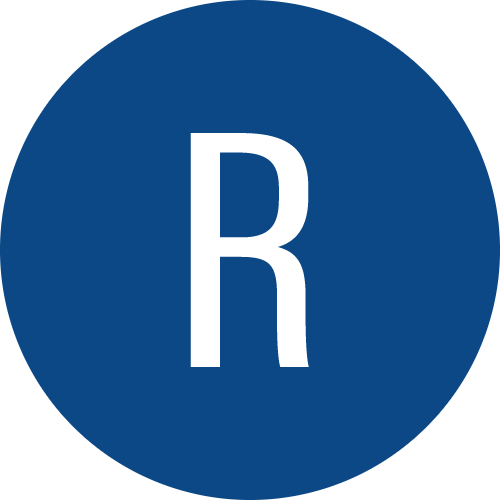Golfer’s elbow, also known as medial epicondylitis, is a condition that causes pain and inflammation on the inner side of the elbow. Despite its name, golfer’s elbow isn’t limited to golfers and can affect anyone who engages in repetitive arm movements. For residents of Nebraska and Iowa, understanding the causes, symptoms, and treatment options for golfer’s elbow is key to managing the condition effectively and preventing further injury.
What is Golfer’s Elbow?
Golfer’s elbow occurs when the tendons that connect the forearm muscles to the medial epicondyle (the bony bump on the inside of the elbow) become irritated or torn. This condition is often caused by repetitive stress or overuse of the muscles involved in gripping, throwing, or swinging. It can lead to pain, stiffness, and weakness in the elbow and forearm.
Symptoms of Golfer’s Elbow
The symptoms of golfer’s elbow typically include:
- Pain and Tenderness: Pain on the inside of the elbow, which may worsen with activity or movement.
- Weakness in the Hand or Wrist: Difficulty with gripping or lifting objects due to weakness in the forearm.
- Stiffness: Limited range of motion in the elbow joint.
- Pain Radiating Down the Forearm: The pain may extend from the elbow down into the forearm and wrist.
- Swelling: Mild swelling around the elbow may occur in some cases.
Causes and Risk Factors
Golfer’s elbow is commonly caused by repetitive activities or overuse of the forearm muscles, including:
- Golfing: Repetitive swinging motions can place strain on the elbow.
- Tennis: A similar condition known as tennis elbow affects the outer elbow but results from similar repetitive motions.
- Weightlifting: Lifting heavy weights or performing exercises with improper technique can strain the elbow tendons.
- Throwing Sports: Sports like baseball or softball, which involve repetitive throwing motions, can contribute to golfer’s elbow.
- Occupational Activities: Jobs that involve frequent gripping or repetitive hand movements, such as carpentry or assembly work, can increase the risk.
- Age: As we age, tendons lose flexibility and become more susceptible to injury.
Diagnosing Golfer’s Elbow
A healthcare professional will diagnose golfer’s elbow based on a thorough physical examination, which may include:
- Palpation: Pressing on the medial epicondyle to identify areas of tenderness or pain.
- Movement Tests: Testing the strength and flexibility of the forearm muscles.
- Imaging Tests: X-rays or MRIs may be used to rule out other conditions like fractures or arthritis, although they are rarely necessary for diagnosing golfer’s elbow.
Treatment Options in Nebraska and Iowa
Treatment for golfer’s elbow typically starts with conservative, non-surgical options. If these do not provide relief, more advanced treatments may be considered.
- Non-Surgical Treatments
- Rest and Ice: Resting the affected elbow and applying ice can help reduce inflammation and pain.
- Anti-Inflammatory Medications: NSAIDs (e.g., ibuprofen) can relieve pain and swelling.
- Physical Therapy: Stretching and strengthening exercises designed to alleviate tension in the forearm muscles and improve flexibility.
- Bracing or Elbow Sleeves: Wearing an elbow brace or compression sleeve can reduce strain on the tendons.
- Corticosteroid Injections: In some cases, a corticosteroid injection may be used to reduce inflammation and pain.
- Surgical Treatment
- Tenotomy or Tendon Repair Surgery: In cases where conservative treatments fail, surgery may be needed to remove damaged tissue or repair the tendon.
Recovery and Rehabilitation
Recovery from golfer’s elbow varies depending on the severity of the condition and the treatment used. Conservative treatment may allow for full recovery within 6 to 12 weeks, but in cases requiring surgery, recovery may take several months. Nebraska and Iowa residents can benefit from physical therapy services to help restore strength, flexibility, and mobility to the elbow after treatment.
When to Seek Treatment in Nebraska and Iowa
If elbow pain persists despite rest, worsens with activity, or affects your daily activities, it is important to consult with an orthopedic specialist. Early treatment can help prevent the condition from becoming chronic and avoid further complications.
This guide provides Nebraska and Iowa residents with essential information on golfer’s elbow, including symptoms, causes, and treatment options. If you’re experiencing elbow pain or discomfort from repetitive activities, contact a local orthopedic specialist to explore effective treatment options and start your path to recovery.
















